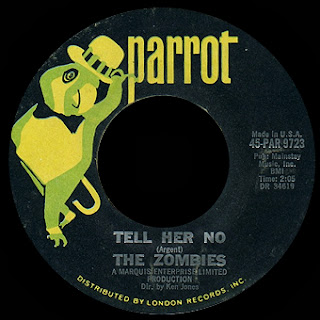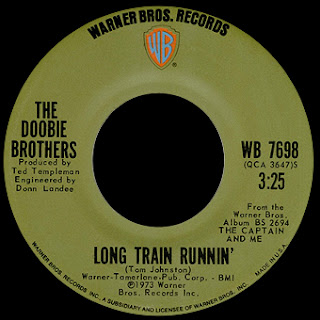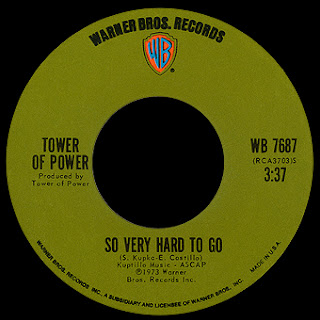I think its lyrics are brilliant. It is full of gloom and doom – it has everything you would expect from the apocalypse: war, mayhem in the streets, nuclear meltdown, famine, the end of mechanization, population relegated to various habitable zones, mutation of the species, zombies, and of course – “London is drownin’ I . . . live by the river.” Perhaps the song was more of a reflection of the dying punk genre and was being replaced by a number of newer musical styles, as Strummer sings, “Phony Beatlemania has bitten the dust” and “see we ain't got no swing.”
Rolling Stone ranks “London Calling” at #15 on the Top 500 songs of all time. Unfortunately, it never charted on the Hot 100 in the US, but strangely enough, it and its flip side “Train in Vain” made it to #30 on the dance charts.
Lyrics
London calling to the faraway towns,
Now that war is declared and battle come down.
London calling to the underworld,
Come out of the cupboard, you boys and girls.
London calling, now don't look to us –
Phony Beatlemania has bitten the dust.
London calling, see we ain't got no swing,
Except for the ring of that truncheon thing.
The ice age is coming, the sun's zoomin’ in,
Meltdown expected, the wheat is growing thin,
Engines stop running, but I have no fear,
Cause London is drownin', I . . . live by the river.
London calling to the imitation zone,
Forget it brother, you can go it alone.
London calling to the zombies of death,
Quit holding out and draw another breath.
London calling and I don't wanna shout,
But while we were talking, I saw you runnin' out.
London calling; see we ain't got no highs,
Except for that one with the yellowy eyes.
The ice age is coming, the sun's zoomin’ in,
Engines stop running, the wheat is growing thin,
A nuclear error, but I have no fear,
Cause London is drownin', I . . . I live by the river.
The ice age is coming, the sun's zoomin’ in,
Engines stop running, the wheat is growing thin,
A nuclear error, but I have no fear,
Cause London is drownin', I . . . I live by the river.
Now get this – London calling, yes I was there too
And you know what they said - well some of it was true!
London calling, at the top of the dial,
And after all this, won't you give me a smile?
London calling . . .































